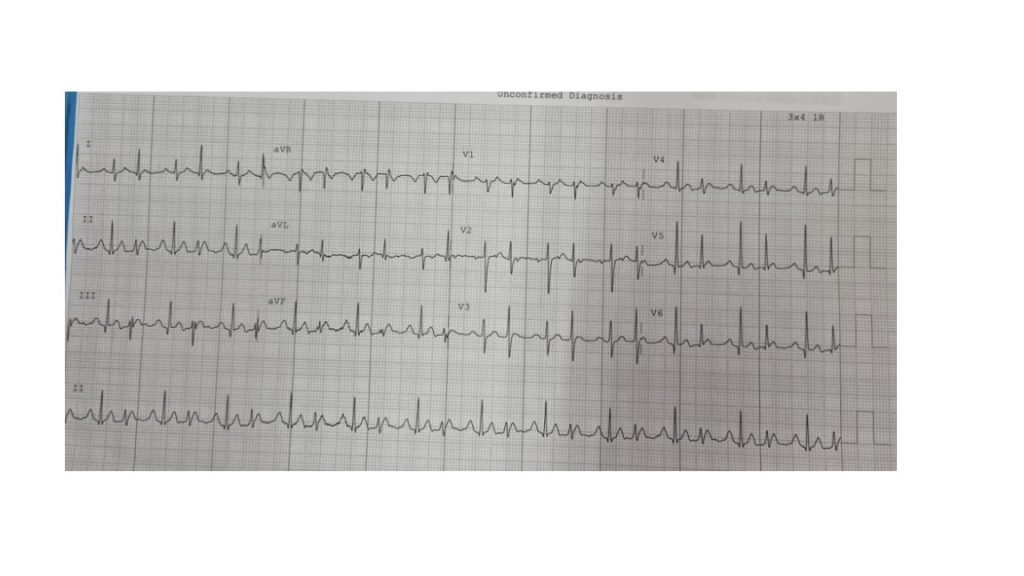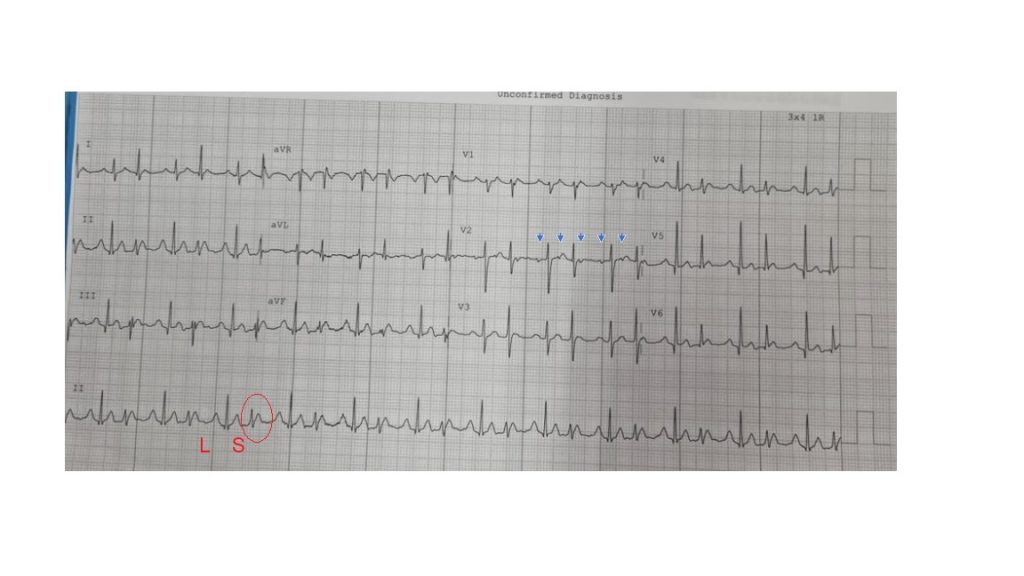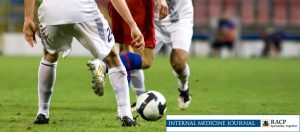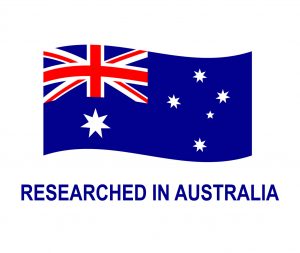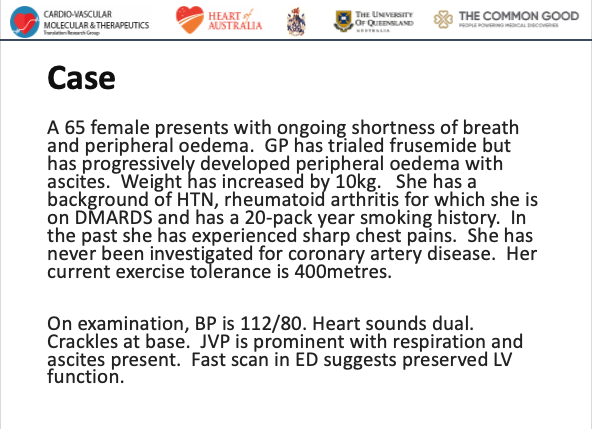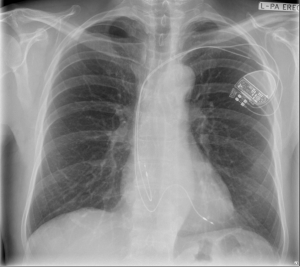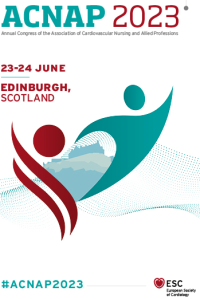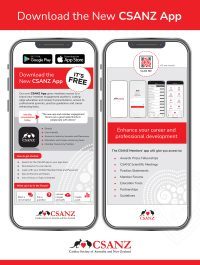Prediction of Pacemaker Requirements in Patients with Unexplained Syncope: the DROP Score
Summary by Alex Voskoboinik
Syncope is a common presentation encountered by physicians in both the acute and ambulatory setting, and is a frequent presentation in the elderly population. While syncope is frequently encountered by cardiologists, the diagnostic approach to identify cardiogenic syncope can be varied, challenging and resource intensive, and may involve a multitude of investigations including tilt table testing and use of implantable loop recorder. While clinical and electrophysiologic features suggestive of cardiogenic syncope have been well-demonstrated in contemporary literature, there is an absence of a simple syncope risk score readily accessible to clinicians to assist in identifying cardiogenic syncope and subsequent requirement for permanent pacing. Current syncope risk scores, such as the San Francisco Syncope Rule and EGSYS score have not been validated for use outside the Emergency Department.
In this study of 100 consecutive patients receiving implantable loop recorder, 50 of whom underwent pacemaker insertion due to bradyarrhythmias detected on implantable loop recorder and 50 of whom did not have any arrhythmias detected for >3 years, four significant predictors of bradycardic syncope were identified. These were incorporated into the DROP score: Distal conduction disease, Related historical predisposing or precipitating factors absent, Older age >65 years and PR interval prolongation >200ms. Of significance, higher DROP scores strongly predicted requirement of permanent pacing in time-to-event analysis. The DROP score may be of benefit in identifying patients that are likely to benefit from upfront pacemaker insertion following unexplained syncope.
Xiaoman Xiao, MBBS; Jeremy William, MBBS; Peter M. Kistler, MBBS, PhD; Stephen Joseph, MBBS, PhD; Hitesh C. Patel, MBBS, PhD; Gautam Vaddadi, MBBS, PhD; Jonathan M. Kalman, MBBS, PhD; Justin A. Mariani, MBBS, PhD; Aleksandr Voskoboinik, MBBS, PhD.
Published: March 31, 2022 DOI:https://doi.org/10.1016/j.hlc.2022.03.002

